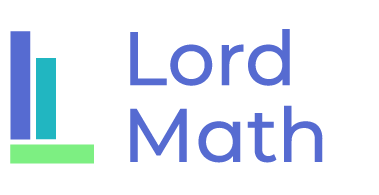The Science of Math
The Science of Math examines research-based strategies for effective math instruction and highlights gaps, like subitizing, that need more attention.
The Science of Math examines research-based strategies for effective math instruction and highlights gaps, like subitizing, that need more attention.
What is Teaching? As teachers – people who have chosen teaching as our profession and life’s work – a worthwhile question to reflect on is “What is the goal of …
Discover effective instructional practices with a focus on explicit instruction. Learn how clear, detailed teaching methods can enhance student understanding and success in math.
Explicit vs. Inquiry-Based Math Instruction doesn’t have to be an either/or debate. Both methods activate different parts of the brain, and combining them can create a more effective learning experience. By leveraging explicit instruction and inquiry-based methods, educators can develop both number sense and problem-solving abilities.
Structured Numeracy is a systematic approach to teaching foundational math skills, emphasizing explicit instruction and the use of effective visuals and manipulatives to teach all the essential components of numeracy. This method ensures students develop strong number sense, enabling them to confidently apply numeracy in their daily lives.
Dot Cards are the ultimate tool for building number sense, focusing on subitizing instead of counting. In her latest post, Becky Lord shares how these visual patterns help students understand numbers, develop key strategies, and unlock math success.
First there was Subitizing, and now there’s… Groupitizing! We all are born with an innate ability to subitize, which means to see a small amount and instantly know how many …
“Visuals in math curriculum are often entertaining, not educational” – (paraphrased from Steve Chinn) The birds are cute, but do they develop number sense? The science of math shows that …
When you think of “numbers” – what comes to mind? For most adults, what we picture for numbers is really what we call numerals, such as “7” or “28”. These …
A while back, one of my favorite local shows Chronicle had an episode called “You’re Doing It Wrong!” Initially put off by the title – I mean, how dare you …
